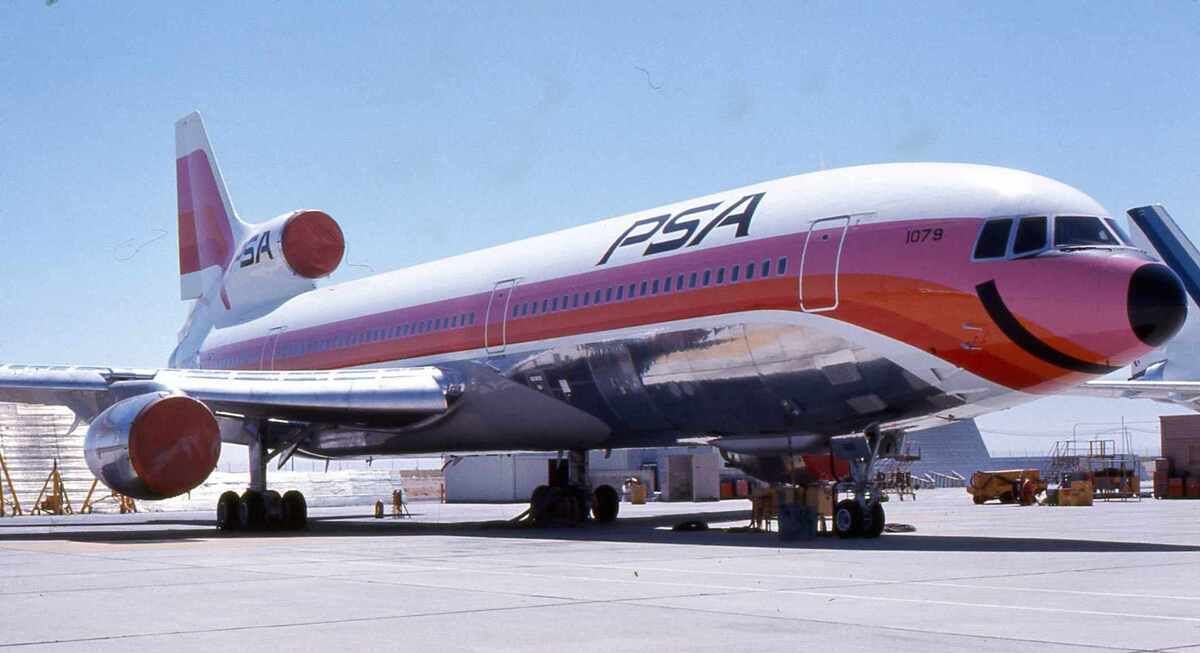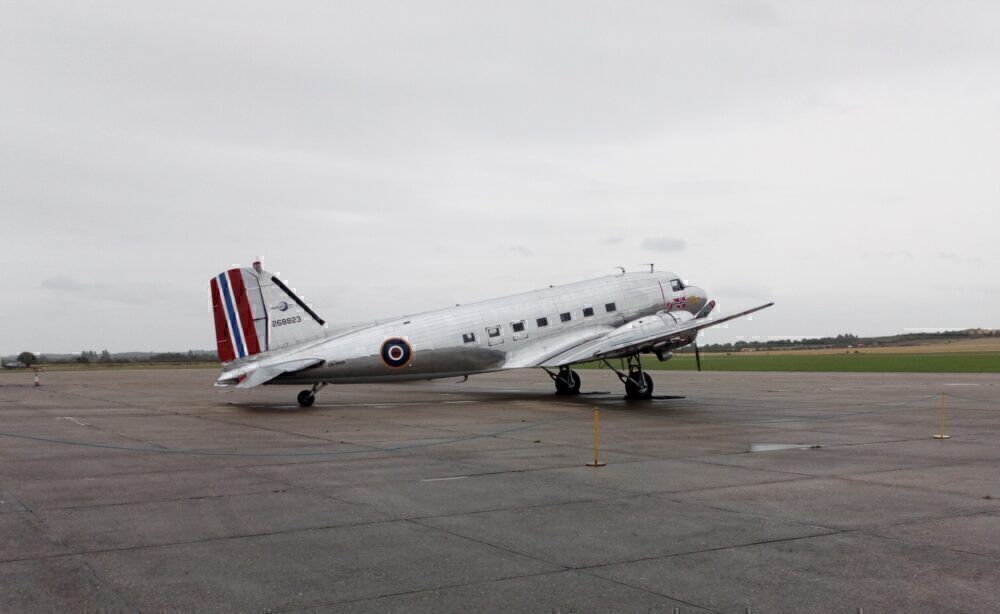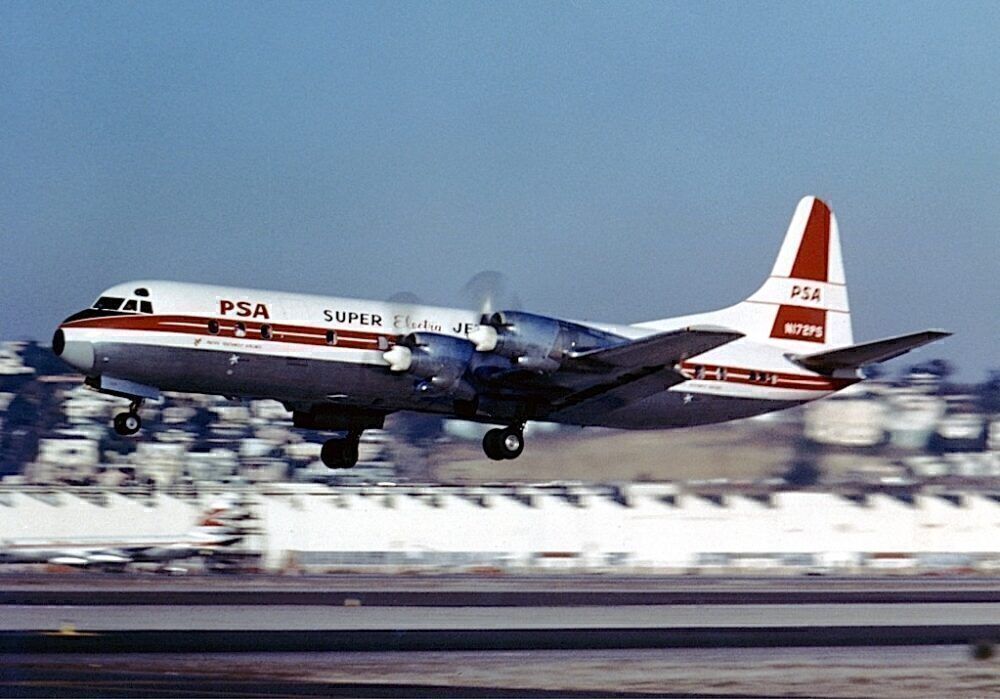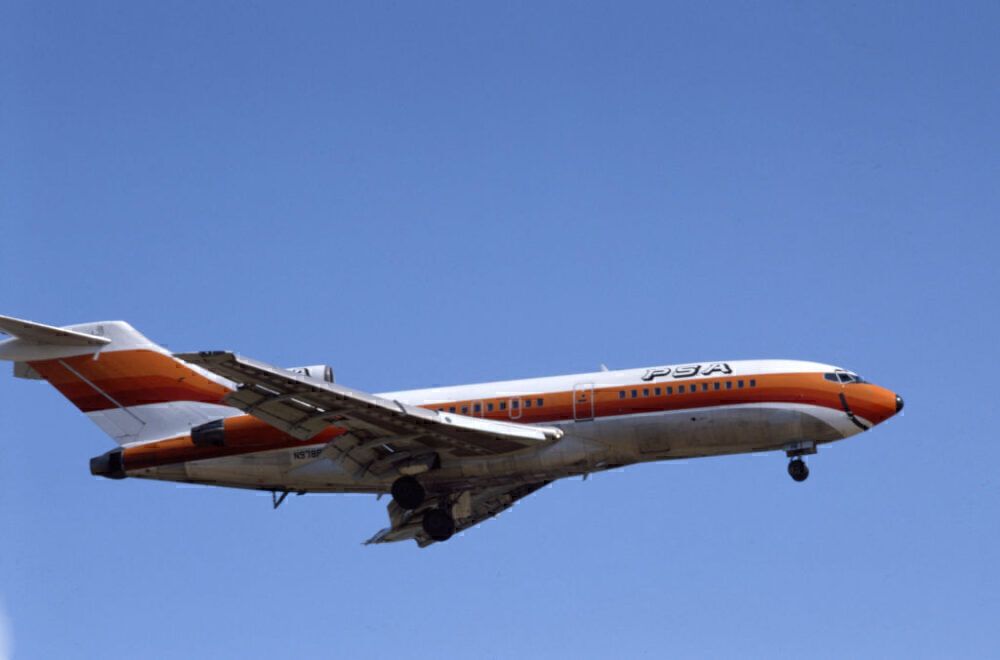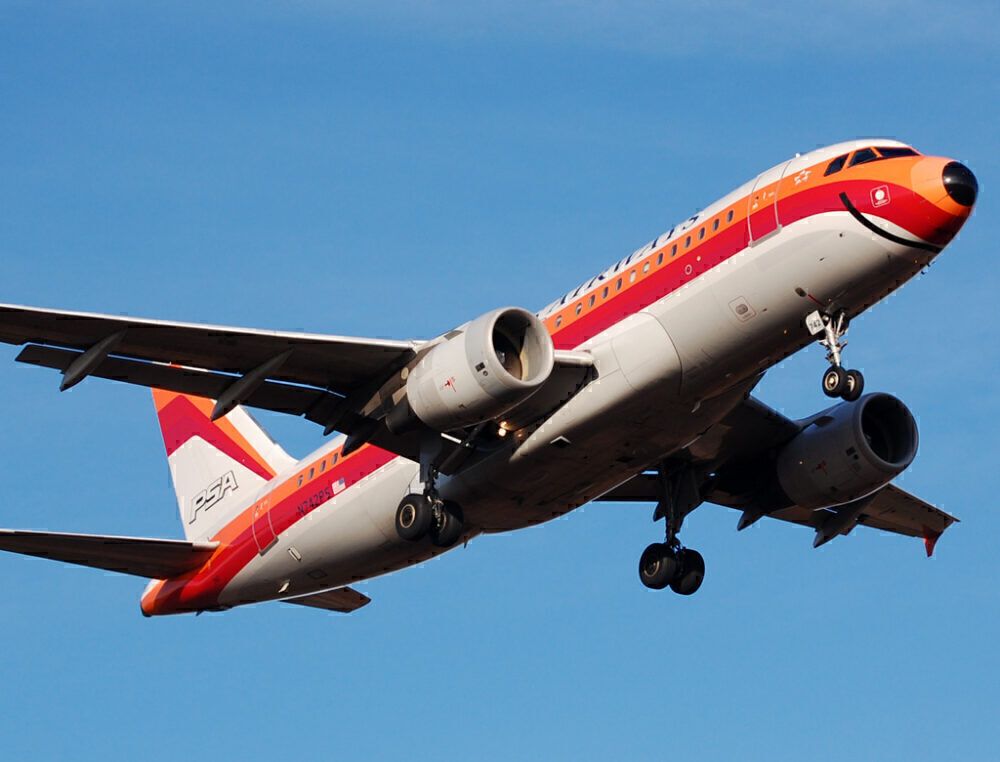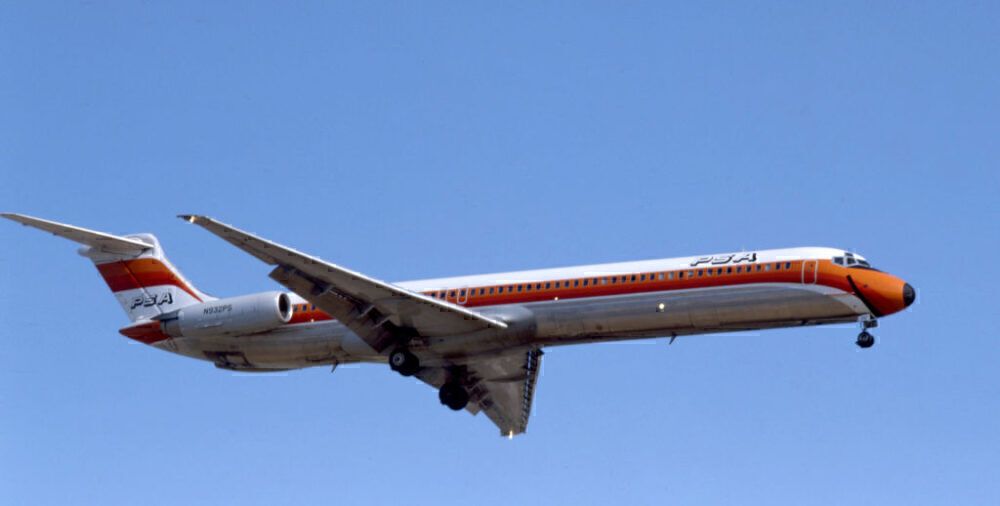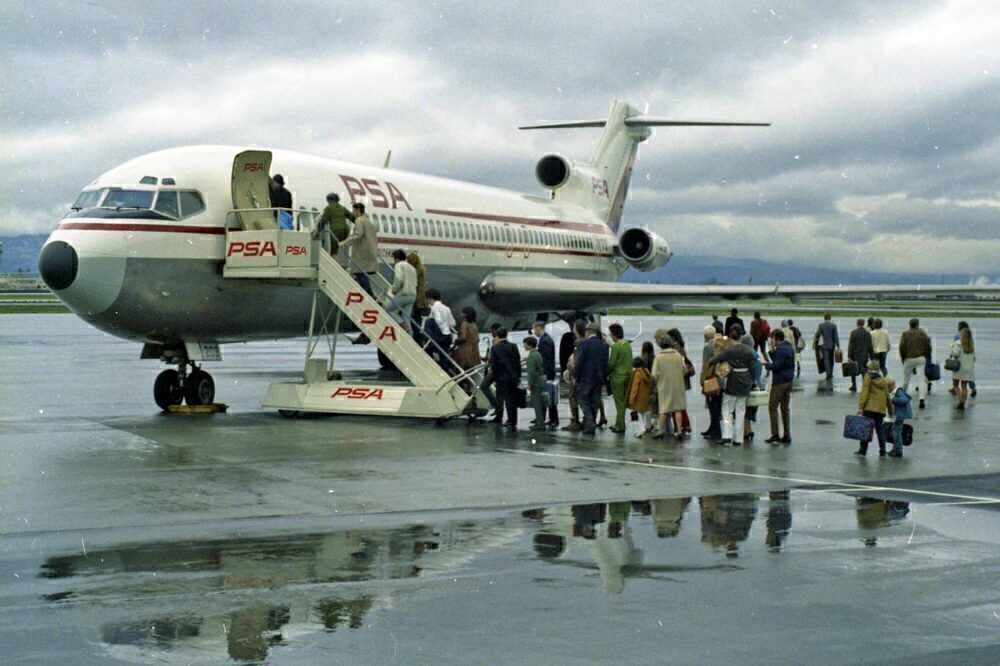The democratization of air travel partly owes its success to the advent of low-cost airlines. Today, carriers such as Ryanair in Europe or Southwest in the US have brought air travel to the masses through low fares and extensive point-to-point networks. But all of this had to begin somewhere. Californian carrier Pacific Southwest Airlines is said to have been the first discount airline in the US, but what happened to it?
Humble beginnings
Pacific Southwest Airlines was the brainchild of Kenneth Giles Friedkin, who had already made one unsuccessful foray into the airline industry. He had done so in the form of Friedkin Airlines, an ultimately unsuccessful venture offering intra-California charter flights between El Centro and San Diego. The pilot of the first flight was J. Floyd Andrews, who became PSA's President.
After his first carrier's failure, Friedkin worked with a travel agent to start up a second venture, Pacific Southwest Airlines, in 1949. The carrier commenced operations with a single Douglas DC-3, which Friedkin leased on a $1,000-a-month basis.
Stay informed: Sign up for our daily aviation news digest.
Much like Friedkin Airlines, PSA also began on an intra-California route. The leased DC-3 flew a weekly rotation from San Diego to Oakland via Burbank. The airline's humble beginnings extended beyond the aircraft it utilized. Indeed, its booking office was a repurposed surplus latrine from the Second World War!
Growing through the 1950s
The 1950s represented a significant decade for PSA, which began with it moving its Bay Area operations from Oakland to San Francisco. By the middle of the decade, it had replaced its DC-3 aircraft with two larger ex-Capital Airlines DC-4s. In a cunning trick of the eye, the airline even painted rectangles around the aircraft's windows, so they resembled the newer DC-6!
By 1958, PSA was operating as many as 37 weekly DC-4 services between Burbank and San Francisco, and carrying almost 300,000 passengers annually. Fares on this corridor started at $9.99, which today would be the equivalent of just over $90. Of these, the majority (29) actually started in or continued onto San Diego. It also ended up shifting some of the Burbank rotations to Los Angeles International.
The decade ended with a significant expansion in terms of PSA's fleet's overall capacity. In 1959, it began replacing its 70-seat DC-4s with 92-seat Lockheed L-188 Electras. These aircraft also featured a six-seat lounge section. It received its sixth Electra in 1963, which also marked another significant milestone for the airline.
PSA goes public
On this very day, 58 years ago, in 1963, Pacific Southwest Airlines became a public corporation. This meant that its shares could now be traded freely on the stock exchange. This represented a big step forward for PSA, and it began flying further afield (although still within California) later in the decade. Flights to San Jose commenced in 1966, with Sacramento following the year after.
In the second half of the 1960s, as PSA continued to grow, it also began adding jetliners to its fleet. These included the Boeing 727 and 737, as well as the McDonnell Douglas DC-9. Going forward, the 1970s would provide both excitement in terms of PSA's fleet, and tragedy.
Mixed fortunes in the 1970s
The mid-1970s saw PSA take an exciting step forward in acquiring its first widebody aircraft. In 1974 and 1975, it operated two Lockheed L-1011 TriStar aircraft between San Diego, Los Angeles, and San Francisco. PSA remains the only US intrastate airline to have flown widebodies.
Deregulation in 1978 also saw PSA able to expand its horizons beyond the Californian borders. Its first flight outside of California served Reno, Nevada in December 1978. It even had a brief international spell, flying to the Mexican resort of Cabo San Lucas.
However, September 1978 tragically also saw PSA's first major accident. This involved flight 182, operated by a Boeing 727. While landing in San Diego, the aircraft collided with a Cessna 172 from a local flight school, causing both aircraft to crash.
All 137 occupants of the two planes perished in the disaster, as well as a further seven on the ground. The total death toll of 144 fatalities made it the most catastrophic air disaster in the US at the time. It has since been overtaken, but it remains the US's deadliest mid-air collision.
A colorful corporate identity
PSA was known and loved for having a particularly lively corporate culture. Its aircraft were conspicuously colorful, but this was something that ran deeper. It was the self-proclaimed 'world's friendliest airline,' which it underlined with a cheerful detail on its aircraft's noses.
This part of the aircraft was painted with a subtle, black 'smile' design. While a minor detail, it visibly added a fun element that was appreciated by passengers and staff alike. Indeed, even after PSA's acquisition by USAir, its mechanics would continue painting faint smiles on aircraft!
One might have thought that PSA would have wanted to expand beyond California. However, by remaining largely within its borders, the airline grew a significant presence in the 'golden state,' which it used to great effect. Indeed, the Los Angeles Times has even likened PSA to being the unofficial flag carrier of California!
Coming to an end in the 1980s
A second disaster involving the airline occurred towards the end of its existence, in 1987. This saw a former employee hijack and deliberately crash a PSA British Aerospace 146 jetliner en route from Los Angeles to San Francisco, killing all 43 occupants.
The employee in question had actually worked for USAir, which had acquired the airline the previous year. However, at this time, PSA was still operating flights under its own brand. It was eventually fully integrated into USAir in 1988, the year after the aforementioned tragedy.
Around this time, USAir also acquired Piedmont Airlines. These purchases were in response to legacy carriers American and Delta purchasing AirCal and Western respectively in the mid-1980s. USAir became US Airways in 1997, which eventually merged with American in 2015.
Did you ever fly with Pacific Southwest Airlines? If so, what was it like? Let us know your thoughts and experiences in the comments!

